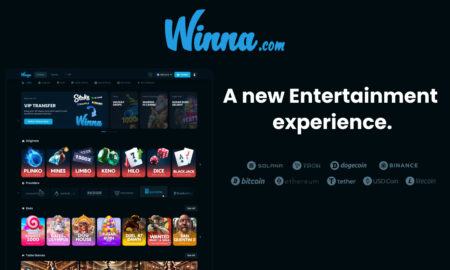The Cardano (ADA) network is set to become browser and mobile-compatible in the near future thanks to a new upgrade being worked on by the team behind the project. The upgrade will allow running the Plutus application backend in Javascript, the most widely-used programming language on the web.
In a brief update published by Cardano creator Charles Hoskinson, first reported on by Cryptobriefing, Hoskinson noted that Cardano will support add support for web browsers and mobile devices through the application’s backend running in JavaScript, which allows Cardano’s smart contracts to be compatible with web browsers.
Hoskinson described this as a major update that’s part of the network’s progress to roll out smart contracts and compete with networks such as Ethereum and the Binance Smart Chain. He added the team will keep optimizing the application to improve Plutus smart contracts’ compatibility with web browsers.
The team behind the project is also looking to implement the Mithril protocol, which is critical to launching lightweight clients of Cardano. These lightweight clients will allow users to verify transactions on a device without downloading the entire blockchain.
As reported one of the companies behind the Cardano blockchain, Input Output Hong Kong (IOHK), has announced the launch of Alonzo Blue 2.0’s testnet for the cryptocurrency’s blockchain last month.
Alonzo Blue is part of a series of upgrades that will bring smart contracts to the Cardano network and allow developers to create decentralized applications on it, bringing the decentralized finance ecosystem to ADA.
The Alonzo hard fork is part of the network’s “Goguen” era, named after Joseph Goguen, an American professor of computer science from the University of California and the University of Oxford. The Goguen era comes after the Shelley phase, in which Cardano became a decentralized blockchain and community members became validators.
Alonzo will roll out in three phases: blue, white, and purple. Each opens up more to the public until the upgrade’s full integration is complete, with the process taking 90 days. It’s expected to be completed by the end of August. It will include a converter to allow ERC20 tokens from the Ethereum blockchain to run on Cardano.
DISCLAIMER
The views and opinions expressed by the author, or any people mentioned in this article, are for informational purposes only, and they do not constitute financial, investment, or other advice. Investing in or trading cryptoassets comes with a risk of financial loss.
IMAGE CREDIT
Featured Image via Pixabay.com







